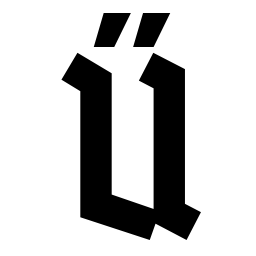Classes¶
A class is a type kind that is similar to a struct, but have are some differences relative to it:
A class can’t be initialized with
{}initializer. Only constructors may be used for initialization.Copy-constructor and copy-assignment operator are not generated for classed by-default. But there is a way to force the compiler to generate such methods, if it is necessary.
A class can’t be a
constexprtype.A class may participate in inheritance (may have parents and/or children).
A class is defined with class keyword instead of struct.
Visibility labels¶
Visibility labels public, private, protected may be used inside classes.
All class members defined after a visibility label will have such visibility.
A visibility from a class beginning down to the first visibility label is considered to be public.
public visibility means that this class member may be accessed from any place in a program.
private visibility means that this class member may be accessed only inside class members namespace (including namespaces of nested classes).
protected visibility is like private, but class members with this visibility may be accessed not only within this class, but also within its children.
class A
{
public:
fn GetX(this) : i32 { return x_; }
fn SetX(mut this, i32 in_x) { x_= in_x; }
private:
i32 x_= 0;
}
fn Foo()
{
var A mut a;
a.SetX(42); // Ok, access "public" member
auto x= a.GetX(); // Ok, access "public" member
a.x_= 42; // An error will be fenerated - non-public member access
}
